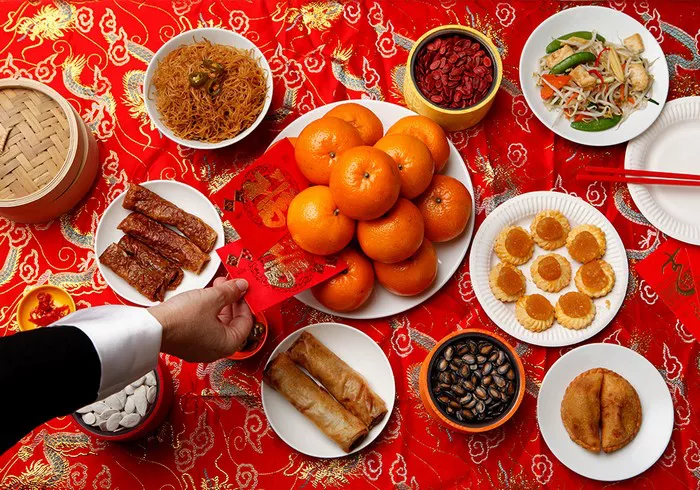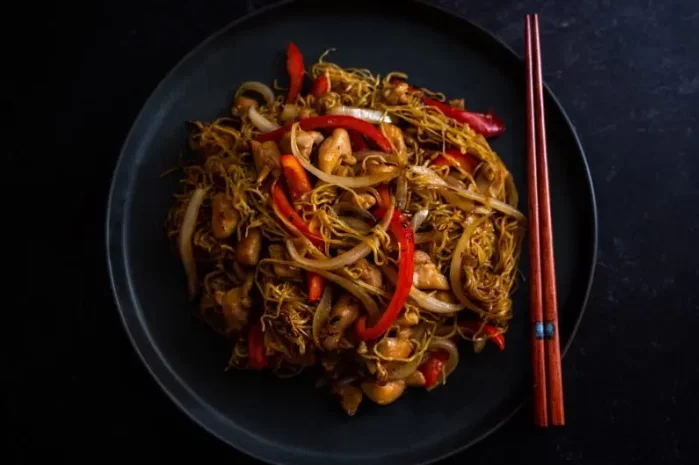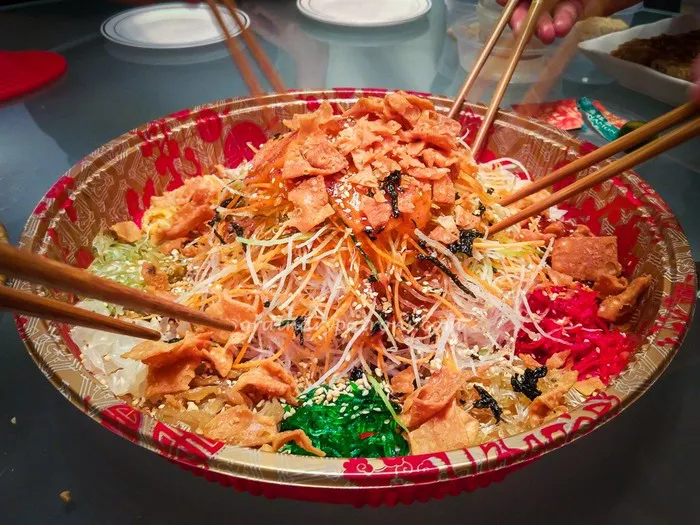Chinese cuisine is known for its diverse flavors, vibrant colors, and unique culinary techniques. While some Chinese dishes may be high in sodium, sugar, or unhealthy fats, there are also many nutritious and health-conscious options to explore. If you’re looking to enjoy Chinese food while maintaining a healthy diet, this article will guide you through some of the healthiest choices in Chinese cuisine. From fresh ingredients to cooking methods, we will explore how to make the most nutritious choices without compromising on flavor.
The Foundation of Healthy Chinese Cuisine
Chinese cuisine traditionally emphasizes balance, harmony, and using fresh ingredients. Many Chinese dishes incorporate a variety of vegetables, lean proteins, and subtle seasonings to create balanced and nutritious meals. When exploring Chinese food options, keep these principles in mind to make healthier choices.
Steamed Dishes: Light and Nutritious
Steamed Vegetables: Chinese cuisine offers an array of steamed vegetable dishes that are both delicious and nutritious. Steaming retains the natural flavors and nutrients of vegetables without adding excessive oil or salt. Opt for steamed bok choy, broccoli, Chinese greens, or mixed vegetable medleys for a vitamin-rich and low-calorie side dish.
Steamed Dumplings: Dumplings are a beloved part of Chinese cuisine, and when steamed, they can be a healthier option compared to their fried counterparts. Steamed dumplings are typically filled with a mix of lean meats (such as chicken or shrimp) and vegetables, offering a satisfying balance of flavors and textures. Enjoy them in moderation, as they can still be higher in sodium.
Clear Soups: Light and Flavorful
Hot and Sour Soup: Hot and sour soup is a popular choice in Chinese cuisine that can be both comforting and nutritious. Made with ingredients like mushrooms, tofu, bamboo shoots, and a tangy broth, it provides a satisfying balance of flavors. The inclusion of vinegar, ginger, and other herbs and spices adds depth and health benefits to this soup.
Wonton Soup: Wonton soup is a classic Chinese dish consisting of dumplings filled with a combination of lean meats, such as pork or shrimp, and vegetables. The dumplings are served in a clear broth with additional vegetables like bok choy or spinach. This light and flavorful soup is a healthier alternative to heavier, cream-based soups.
Stir-Fried Dishes: Flavorful and Balanced
Stir-Fried Vegetables: Stir-fried vegetables are a staple in Chinese cuisine, and they provide a nutritious and flavorful option. Opt for dishes like stir-fried bok choy, snow peas, broccoli, or mixed vegetables. Choose a minimal amount of oil and request that the dish be prepared with less salt or soy sauce to control sodium intake.
Stir-Fried Lean Proteins: Stir-fried dishes featuring lean proteins like chicken, shrimp, tofu, or lean beef can be a healthy choice when prepared with minimal oil and paired with an abundance of vegetables. Look for dishes that incorporate colorful vegetables, such as peppers, carrots, and snap peas, to add fiber, vitamins, and minerals to your meal.
Broth-Based Noodle Dishes: Nourishing and Filling
Noodle Soups: Chinese cuisine offers a variety of noodle soups that can be both satisfying and nutritious. Opt for soups with clear broths and lean protein options like chicken, shrimp, or tofu. Add plenty of vegetables like bok choy, bean sprouts, and mushrooms for added fiber and nutrients. Avoid heavy sauces or oil-based broths to keep the dish lighter and healthier.
Steamed Rice Noodle Rolls: Steamed rice noodle rolls, commonly known as “cheung fun,” are a popular Cantonese dish. These delicate rolls are filled with ingredients like shrimp, beef, or vegetables, and are typically served with a light soy sauce or a hoisin-based sauce. The steamed rice noodles provide a gluten-free and lower-calorie alternative to wheat-based noodles.
Choosing Healthier Protein Options
Steamed Fish: Chinese cuisine is renowned for its delicate and flavorful steamed fish dishes. Opt for fresh and sustainably sourced fish, such as sea bass, red snapper, or black cod, which are rich in omega-3 fatty acids. Steaming the fish retains its natural flavors and nutrients, making it a healthy choice.
Poached Chicken: Poached chicken is a lean and healthy protein option in Chinese cuisine. The chicken is gently simmered in water or broth until cooked through, resulting in tender and flavorful meat. Poached chicken can be served cold or hot and is often paired with light dipping sauces or used in stir-fried dishes.
Tofu: Tofu, made from soybeans, is a versatile and protein-rich ingredient commonly used in Chinese cuisine. It can be stir-fried, steamed, or added to soups and provides a plant-based source of protein. Tofu is low in calories and cholesterol-free, making it a healthy choice for vegetarians and those looking for alternative protein sources.
Mindful Portion Control
While Chinese cuisine offers many healthy options, it’s important to practice mindful portion control to maintain a balanced diet. Opt for smaller serving sizes and listen to your body’s signals of fullness. Consider sharing dishes with others to sample a variety of flavors without overindulging.
Conclusion
Chinese cuisine offers a wealth of nutritious and flavorful options for those seeking healthier choices. From steamed dishes and clear soups to stir-fried vegetables and lean proteins, there are numerous ways to enjoy the vibrant flavors of Chinese cuisine while maintaining a balanced diet. Remember to focus on fresh ingredients, lighter cooking methods, and mindful portion control to create a healthier Chinese dining experience. By making informed choices, you can savor the rich culinary heritage of Chinese cuisine while nourishing your body with wholesome and delicious meals.
























